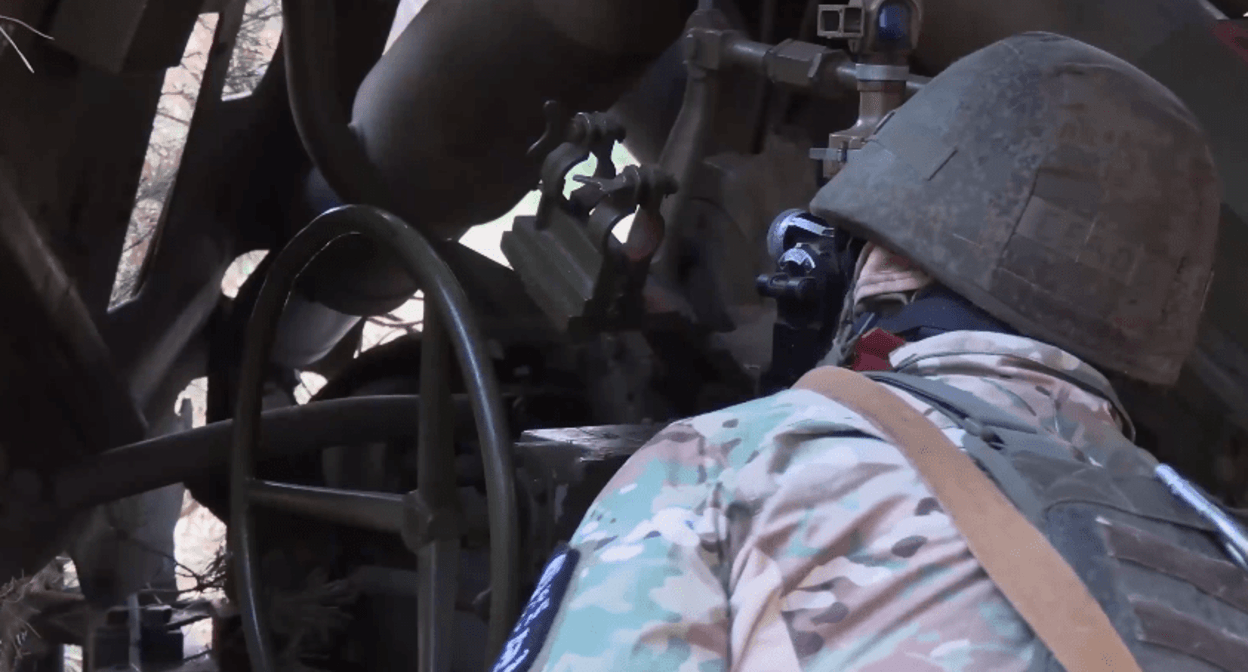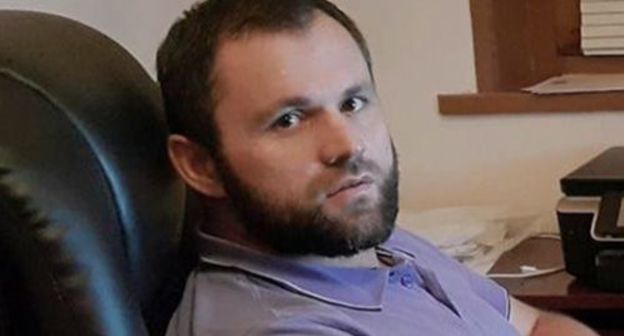In 2011, 64 persons were killed and at least 224 others wounded in suicide bombings in Northern Caucasus and Moscow
As a result of 15 suicide bombings committed in 2011 in the North-Caucasian Federal District (NCFD) and Moscow, 64 persons were killed, and at least 224 others were wounded. These are the results of calculations made by the "Caucasian Knot" based on the information of its own correspondents and other open sources.
Let us note here, that in 2010 the capital of the Russian Federation and the regions of the NCFD saw 25 suicide bombings, which killed at least 120 persons, including suicide bombers themselves, and at least 589 others were wounded.
Details by regions
On January 24, a terror act committed at the Domodedovo Airport in Moscow killed 38 people and wounded 173 more. The investigation established that the suicide bomber was Magomed Evloev, 20, a resident of the village of Ali-Yurt, Nazran District of Ingushetia. Dokku Umarov, the leader of North-Caucasian militants took responsibility for organizing the terror act.
Let us note here that in 2010 two explosions occurred in the Moscow metro; they were committed by female suicide bombers. According to the Investigatory Committee of the Russian Federation (ICRF), 40 people were killed and about 160 more were wounded.
In 2011, Chechnya saw 7 suicide bombings, which killed 16 persons, including 7 members of the armed underground, and wounded at least 21 people.
The most resonant terror act in Chechnya was committed in Grozny in the evening on August 30, 2011, when three suicide bombers blew themselves up. Apart from the bombers, these explosions killed 9 persons and wounded at least 21 others.
On April 25, in Grozny, two members of the armed underground Bekkhan Dadaev and Musa Tashtamirov blew themselves up during a special operation after they ran out of ammunition.
On February 15, two suicide bombers blew themselves up in Grozny, when power agents tried to detain them in a private house. No power agents and civilians were hurt; the belts stuffed with explosives were found at examination of bombers' bodies.
In 2010, 12 suicide bombings committed in Chechnya killed 21 people, including 12 bombers, and 43 more were wounded.
In 2011, in Dagestan, there were 4 suicide bombings, which killed 7 persons, including suicide bombers, and wounded 30 more persons.
In the evening on December 19, in the village of Gubden, Karabudakhkent District, a car was blown up. Initially it was reported that the car was possibly driven by a suicide bomber, as human body fragments were found next to the car. No power agents were hurt. Later, the police reported that the casualty was identified as, according to the official version, a 23-year-old local resident, who was on the federal wanted list.
On May 10, at about 10:45 a.m., in central Makhachkala, in Pushkin Street, where the building of the Lenin ROVD (District Interior Division) is located, a powerful explosion was triggered. As it became known later, the attention of the police was caught by a suspicious young man. When policemen asked him to produce documents, he triggered an explosive device, which killed the suicide bomber and a policeman. Another policeman and two civilians were wounded. The bomber was identified as a resident of Makhachkala Abakar Aitperov, born in 1979. He blew himself up near the hospital for MIA employees. His aim could be Rashid Nurgaliev, Russian Interior Minister, who was expected to arrive in the capital of Dagestan about those hours. Another possible target could be the nearby ROVD building.
On February 14, at 7:30 p.m., at the village police station in the village of Gubden, Karabudakhkent District, a female suicide bomber triggered her bomb. The second explosion in the same village occurred about 10:35 p.m. Moscow time at a police post. The bomb, according to the local MIA, was also triggered by a suicide bomber. As a result of these two explosions in the village, two persons were killed, and 27 more wounded. The terror act in Gubden on February 14, as established by inspectors, was committed by a resident of Pyatigorsk Vitaly Razdobudsko and his wife.
In 2010, Dagestan saw 7 suicide bombings, which killed 31 persons, including suicide bombers, and wounded 137 others.
In 2011, Ingushetia registered two suicide bombings, which killed two bombers themselves. The first bomb was triggered on March 4 by Khamzat Korigov in Nazran at an attempt to detain him; nobody was hurt among law enforcers. On July 12, a suicide bombing was committed by an unidentified person at the DPS (road-and-police post) in the village of Galashki, Sunzha District. Apart from the perished bomber, nobody was hurt.
In 2010, two suicide bombings in Ingushetia claimed five lives, including bombers themselves, and wounded two more persons.
In Kabardino-Balkaria, one suicide bombing was committed by an alleged militant at an attempt to detain him; nobody was hurt from among power agents. On April 29, 2011, Ruslan Dolov, suspected of involvement in illegal armed formations (IAFs) triggered a grenade in his car, when power agents tried to detain him.
In 2010, the republic saw a similar statistics: one suicide bombing killing the bomber himself.
Decrease of count of victims and narrower geography
A comparison of suicide bombings in 2010 and 2011 indicates an almost two-fold decrease in the number of casualties - from 120 down to 64. This same trend is reflected by the count of wounded persons - from 589 down to 224.
Let us note here that in 2010 North Ossetia saw two suicide bombings (one of which, on September 9, 2010, in Vladikavkaz killed 20 persons and wounded at least 240 others), while in 2011 no such incidents were recorded.
Nevertheless, there still is the trend of committing terror acts outside the area of the armed conflict, in particular, in Moscow.
The "Caucasian Knot" continues monitoring the situation in Chechnya, Ingushetia, Dagestan and Kabardino-Balkaria and running the chronicle of committed terror acts, shootings, special operations and kidnappings.






![Tumso Abdurakhmanov. Screenshot from video posted by Abu-Saddam Shishani [LIVE] http://www.youtube.com/watch?v=mIR3s7AB0Uw Tumso Abdurakhmanov. Screenshot from video posted by Abu-Saddam Shishani [LIVE] http://www.youtube.com/watch?v=mIR3s7AB0Uw](/system/uploads/article_image/image/0001/18460/main_image_Tumso.jpg)